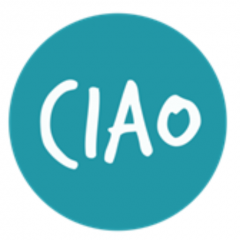The lecture I remember from over 30 years ago is the one where our lecturer came in and, with no preamble, said “There are hundreds of hexagons on that blackboard (trans: an arcane precursor to whiteboards) but you can’t see them until I draw round them for you”. Which he proceeded to do. It was a great introduction to the power of images and more importantly mental images. I’ve been thinking about this recently in the context of communication and language around concepts.
The memory came back when reading John McWhorter’s The Power of Babel when I was astounded to discover (arrogantly as I came to realise) that nuances of language are more common the less industrialised the society. In other words that we become less capable of subtlety in language the more technologically advanced we are. And also that in creating a more prescriptive or definitive vocabulary we potentially can lose some associated capabilities. Lera Boroditsky on The EDGE highlights how societies without the concept of right or left and other specific directional terms have an innate spatial awareness of where they are in relation to north.
Then routinely in my job I am asked for a definition of innovation – at least that’s the spoken question. I have come to recognise that the real question here is more like “I have a definition of innovation in my head and it is one that says innovation is not relevant to me so how are you going to persuade me that it is?” And yet if you ask them they probably couldn’t articulate that personal definition. We have become so occupied by day to day actions, by practical activity, that we struggle to communicate or even relate to more conceptual issues especially those that have a flavour of change or unfamiliarity about them.
And yet – complexity, ambiguity, volatility all combine to make simple extrapolation of what we have done thus far less and less likely to succeed. We need to get back to being able to translate new, different ways to work into communicable ideas and to debate them freely. Hence an increasing tendency to use visual imagery, comic or entertaining videos, experiential learning and story telling to conjure mental images which fire imagination or engage the audience. Our visual sense is far more acute and uses much more of our mental capacity than language or speech – and perhaps that’s why a picture or mental image is frequently less controversial, easier to gain real consensus around or simply more powerful.
So perhaps our professional world needs to become more visual, to involve more imagery and story telling – not just in advertising or marketing but in every day communication?

